The Helsinki Summit: Limited Attention from Disinformation Outlets
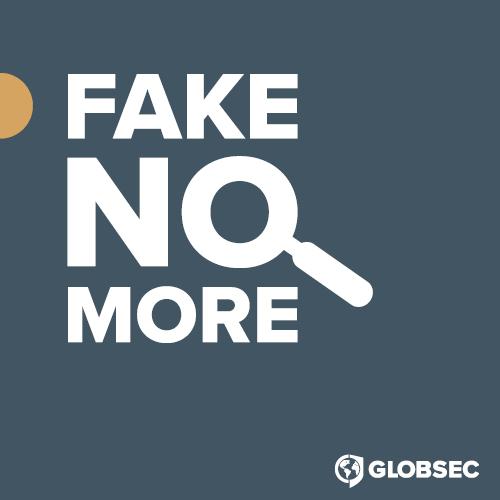
- The Helsinki Summit between U.S. President Donald Trump and Russian President Vladimir Putin gained limited attention on disinformation websites in Central Europe.
- Disinformation outlets mostly covered topics and copied trends of mainstream media.
- The “deep state” narrative was disseminated in all three countries.
- Articles produced by disinformation outlets received bigger social media interactions than those published by mainstream media.
The July 2018 Helsinki Summit between US President Donald Trump and his Russian counterpart Vladimir Putin was an important international event that garnered significant global media coverage. In terms of coverage closer to home, the Summit undoubtedly resonated with ‘local’ media outlets, with 1708 articles published in the Czech Republic, Hungary and Slovakia. The following chart provides an overview of the intensity of articles produced in these countries across July 2018.[1]
Chart 1: Number of articles published in the Czech Republic, Hungary and Slovakia with the terms “Trump”, “Putin” and “Summit” between 1 July – 1 August 2018
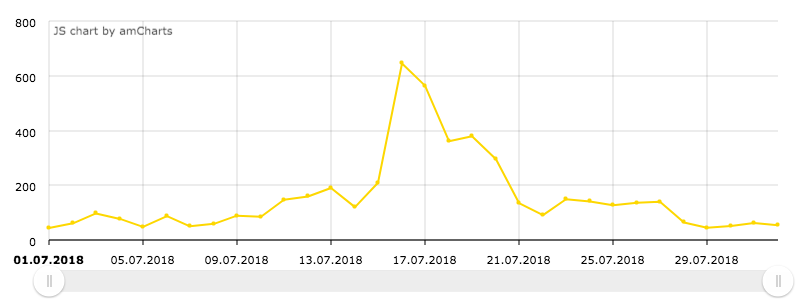
(Source: >versus<)
While both mainstream media and disinformation outlets[2] covered the Summit it nevertheless gained limited attention from fringe portals. Just like mainstream media, disinformation outlets take press releases from domestic and international press agencies. This is a relatively undemanding way to get new stories on a daily basis while waiting for articles from your team.[3] To be specific, 32% of articles published (352 out of 1101) in the Czech Republic and 27% (144 out of 394) in Slovakia in connection with the Helsinki Summit were issued by disinformation websites. The most active Czech websites were Eurozprávy with 91 articles[4], Parlamentní listy (71) and the Czech version of Sputnik International (53). In the case of Slovakia, the most active disinformation websites were Parlametné listy with 57 articles, Hlavné správy (50) and Infovojna (19). Moreover, 4 of the 10 top articles with the biggest social media engagement in Slovakia were published by the disinformation outlet Hlavné správy (Main news).[5]
Further analysis of these top articles using the online extension CrowdTangle[6] shows - as demonstrated by the following chart - that Hlavné správy’s articles achieved more interactions on Facebook compared to mainstream media.[7] One reason why disinformation articles usually get higher interactions is that people who consume disinformation tend to be more active in further dissemination and expressing opinion on social media. In addition, a lot of disinformation outlets provide RSS feeds for other fringe websites or share each other’s posts on social media. This kind of cooperation actively disseminates misleading information and hoaxes even further. In marked contrast, mainstream media tends not to share RSS feeds or social media posts in order to increase their chances of breaking news stories.
Chart 2: Comparison of interactions of mainstream media and disinformation outlets on Facebook in Slovakia.
The “Deep State”
The Summit also provided opportunities to highlight the existence of a so-called “deep state’’, an invisible or shadow government of civil servants, lobbyists and businessmen within the US administration that shape regulations and policies while protecting bureaucratic turf. According to Geoff Nunberg, the term was marginal in American politics until 2016 when it was picked up by Breitbart News, the newly elected President Trump and his allies. As the current administration sees it, the “deep state represents a faction of “unelected leftist officials lodged deep in the government who are conspiring to thwart the administration's policies, discredit its supporters and ultimately even overturn Trump's election.”[8] Since then, high-profile criticisms of Donald Trump’s policies, efforts to investigate Russian interference in the 2016 presidential election and other allegations have been labelled as activities of the “deep state.” In this context, the “deep state” is also supposedly orchestrating complex schemes across federal agencies, burying incriminating documents and making spurious allegations.[9]
Disinformation websites in Central Europe also used the Helsinki Summit to highlight allegations that the “deep state” was trying to thwart Donald Trump’s efforts to improve relations with Russia. This narrative was spread in all three analysed countries - in Slovakia by Infowar (infovoja.sk) and in the Czech Republic mainly by protiproud.cz. The following chart indicates that the most active disseminator of this specific narrative in Hungary was its leading disinformation website, Világhelyzete.com, followed by the other small fringe outlets. And while the mainstream Magyar Hírlap had as much audience outreach or followers as Világhelyzete.com the pro-government daily generates much less attention among its Facebook followers based on the number of interactions.
Chart 3: Weighted hierarchy of Hungarian Facebook accounts’ spreading the “deep state” narrative[10]
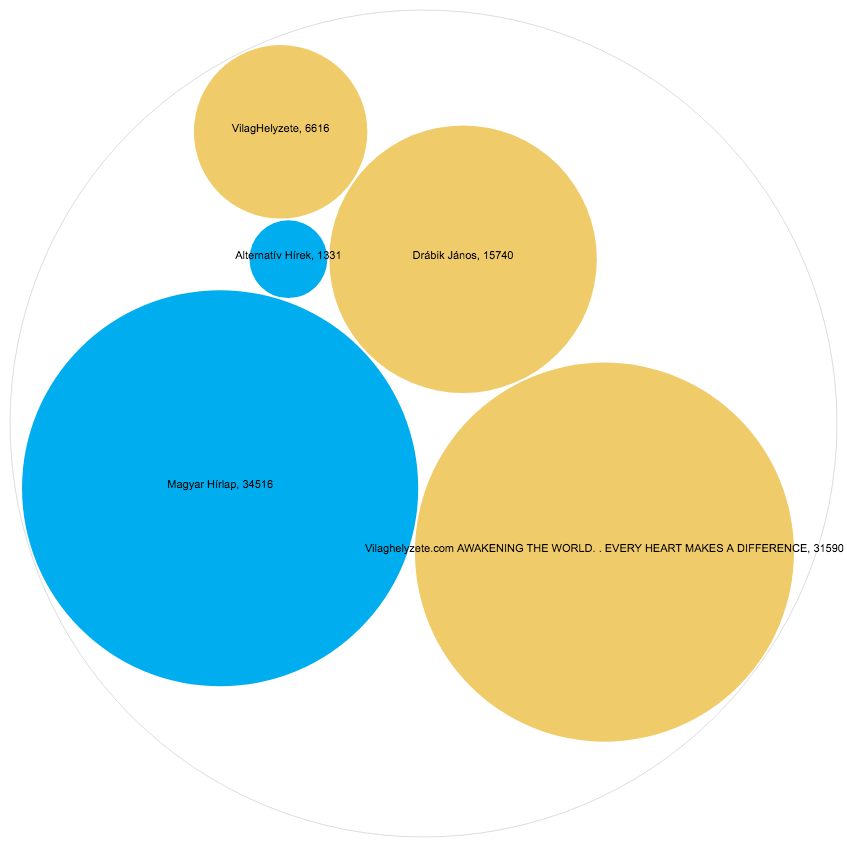
The final chart demonstrates that Hungarian disinformation outlets heavily promoted the offer Putin allegedly made to Trump during the meeting to hold a referendum on the status of the Eastern Ukrainian territories. The referendum narrative specifically targeted Hungary’s revisionist far-right subculture and was featured by Kiállunk Novorosszija mellett - Support Donbass from Hungary, which endorses the concept Novorossiya and, Erdélyi Magyar-Orosz Baráti Társaság or Russian-Hungarian Friendship Society of Transylvania, which promotes the territorial autonomy of the Hungarian minority living in Romania.
The two lower narratives, represented by pink nodes, were most successful in their interconnectedness. Three conspiracy pages - vilaghelyzete.com, alternative hirek, vilaghelyzete - disseminated both Putin’s threat to react in “a very negative” manner to NATO’s Eastern expansion and the “deep state” narrative. In the case of the latter, articles on Hungarian disinformation sites mostly referenced former US Senator Ron Paul’s statement about the anti-Trump “deep state” or “secret government” trying to derail talks with Russia.[11] The least impactful narrative endorsed the Summit as a success for both the US and Russia.
Chart 4: Main narratives spread by disinformation Facebook pages in Hungary
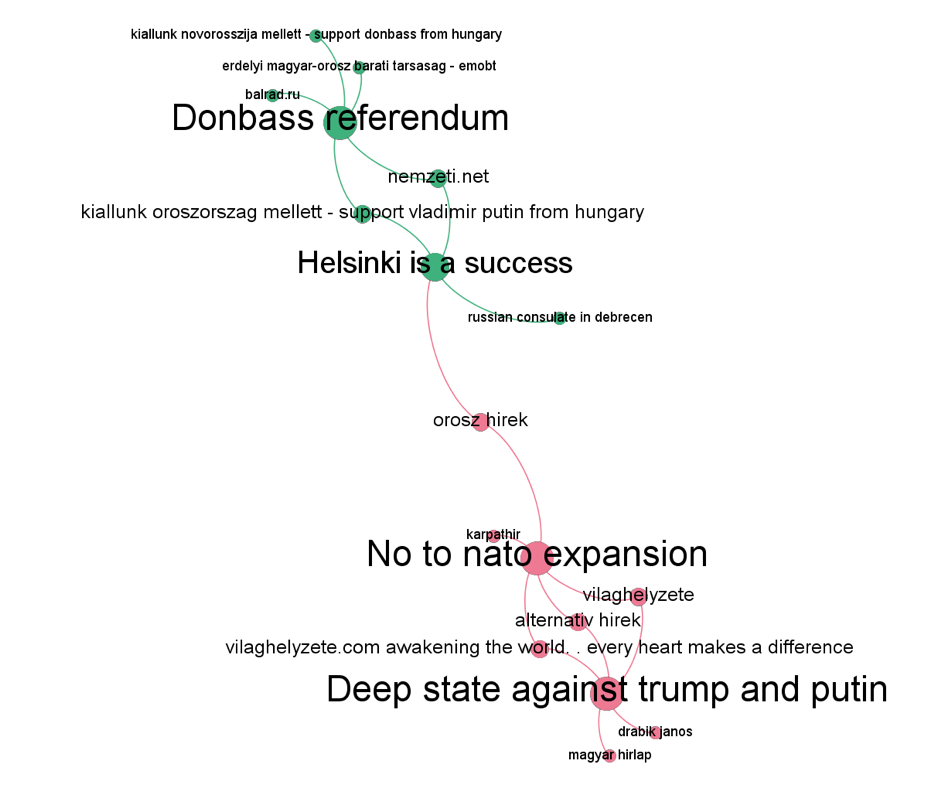
From the findings in previous paragraphs, it is possible to observe that when it came to reporting the Helsinki Summit, the Hungarian media landscape differed from the other two countries analysed. The “deep state” narrative was also featured in Hungary by a mainstream outlet, Magyar Hírlap.
Written by Katarína Klingová, GLOBSEC Policy Institute; Lóránt Györi, Political Capital Institute; Jonáš Syrovátka, Prague Security Studies Institute. This brief was published in the framework of project run by the GLOBSEC Policy Institute and supported by the National Endowment for Democracy.
© GLOBSEC Policy Institute
The opinions stated in this report do not necessarily represent the position or views of the GLOBSEC Policy Institute or the National Endowment for Democracy. Responsibility for the information and views expressed therein lies entirely with the authors.



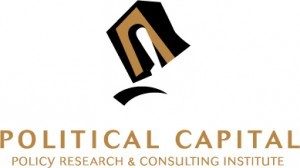
ICT media-monitoring tool >versus< was used for data collection. The analyzed data covers the news articles produced within the time period from July 1 till August 1, 2018 in the Czech Republic, Hungary and Slovakia. The media-monitoring >versus< was developed by the International Republican Institute within its Beacon Project and it encompasses database of mainstream media and disinformation sources, Facebook pages, Twitter accounts and online discussions. For the purpose of this analysis, only the news section of the database was used.
[2] For the list of Czech and Slovak websites ranked as disinformative - providing dubious, deceptive, fraudulent, conspiratorial and questionable propaganda-based content - please visit konspiratori.sk.
[3] However, disinformation outlets tend to use more clickbait headlines when or provide a particular spin or an additional comment to press release.
[4] The nature of this outlet is still being distinguished. According to Konspirátori.sk this website is in the “grey area” rather re-publishing huge volume of content from Czech Press Agency and add their own provocative titles.
[5] ICT tool >versus< was used for data collection and analysis in the time period from July 1 till August 1, 2018 and generated the list of top 10 articles with the biggest social media engagement.
[6] CrowdTangle is content discovery and social monitoring platform for publishers and brands.
[7] The number of interactions on Facebook represents the sum of reactions, comments, and shares on posts for Facebook pages and public profiles.
[8] Geoff Nunberg, Opinion: Why The Term 'Deep State' Speaks To Conspiracy Theorists, National Public Radio, August 9, 2018, https://www.npr.org/2018/08/09/633019635/opinion-why-the-term-deep-state-speaks-to-conspiracy-theorists
[9] Geoff Nunberg, Opinion: Why The Term 'Deep State' Speaks To Conspiracy Theorists, National Public Radio, August 9, 2018, https://www.npr.org/2018/08/09/633019635/opinion-why-the-term-deep-state-speaks-to-conspiracy-theorists
[10] The size of each media corresponds to the number of Facebook followers, while the colour-scale is reflecting the number of Facebook interactions.
[11]https://www.facebook.com/AWAKENINGtheWORLD/photos/a.416461428438313.94352.142264392524686/1765134800237629/?type=3&theater, https://www.rt.com/news/433420-ron-paul-msm-russia-enemy/
